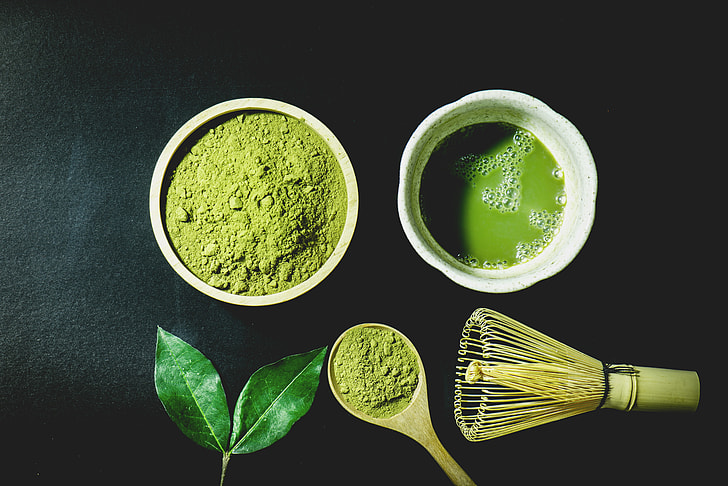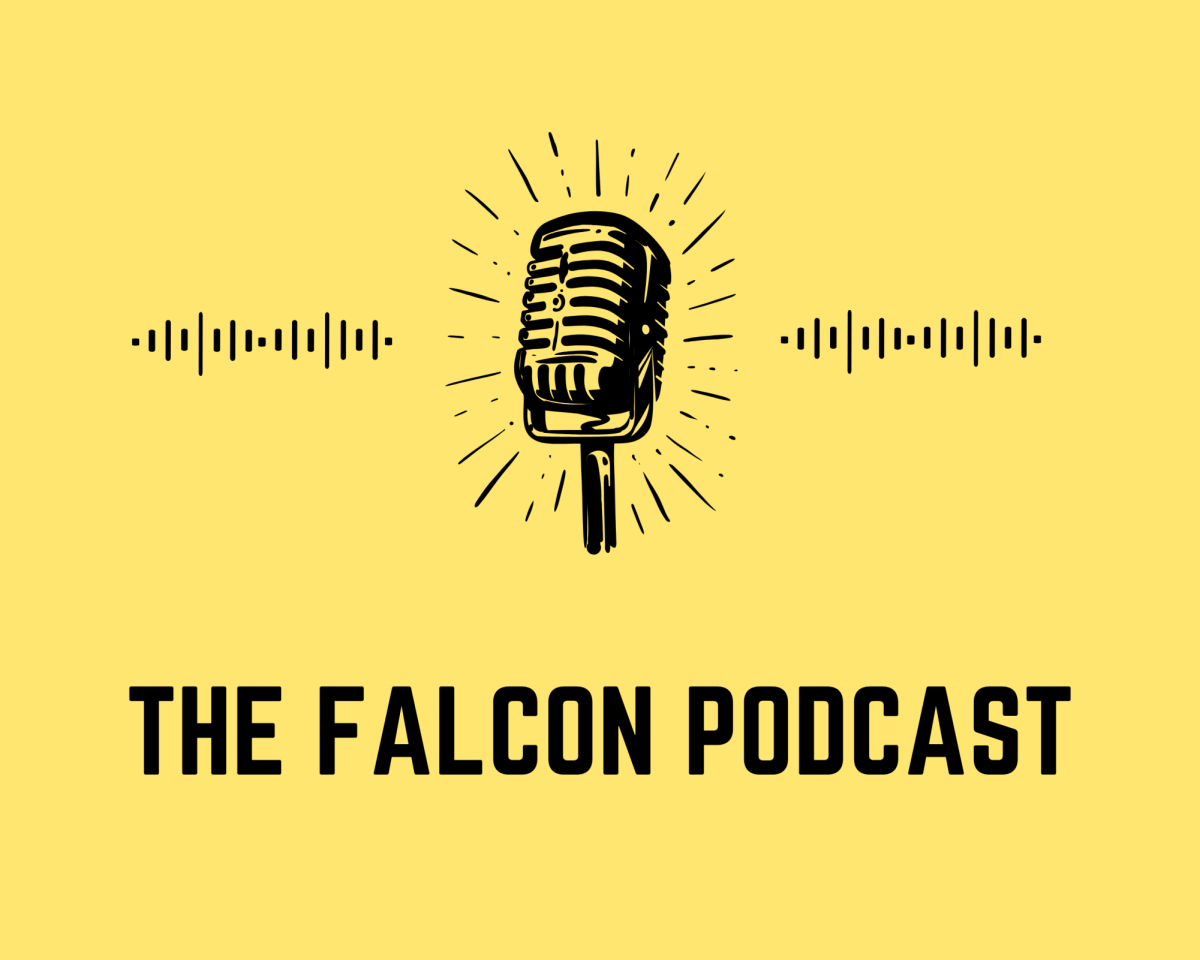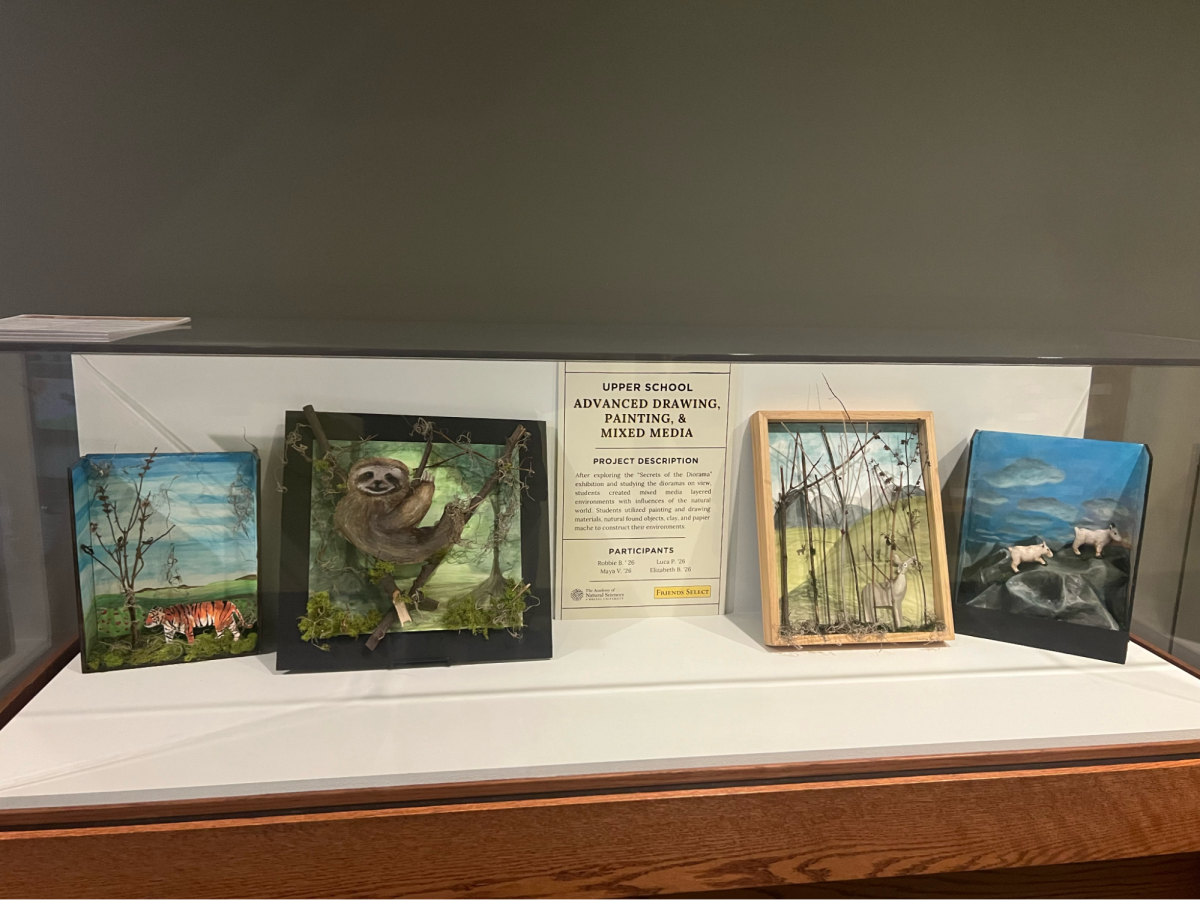Roundtable: Swiftie Song Smackdown
There are few figures in the past couple of decades that have garnered as much attention as Taylor Swift. From the Nashville-twang of her self-titled debut to the unabashed pop of 1989 to the indie-folk left-turn of folklore and evermore, Swift has proved herself a force to be reckoned with. As Swift begins to re-record her discography, we took a look back and picked tracks to fill the blank spaces in our hearts for the ultimate T-Swizzle song.
Our Song
Margot Schneider
After singing for the past seventeen years, Taylor Swift has journeyed through varying musical genres and created something for everyone. Her legendary career has ranged from banjo-strumming, cowboy boot-tapping tunes to light and bubbly pop to many others, and to truly appreciate the range of her work, you must start at the beginning.
Swift takes the listener through her teenage relationship in “Our Song” on her self-titled debut album. Not only does she set the scene with images of her house, truck, and telephone conversations, but she takes you through a story during a satisfying series of melodic violin and banjo phrases; it’s impossible not to nod along. The complexity of the sounds and scenarios she coins as ‘their song’ within an actual song itself is tricky, ironic, and quite satisfying.
And in case you forgot, allow me to remind you: this song is good enough for young Swift to literally “[ask] God to play it again.” Tell ‘em, Taylor.
Picture to Burn
Rachel Luce
Since she released her debut album at the age of sixteen, Taylor Swift has made a clear name for herself. When people think of “country Taylor Swift,” they think of “Our Song.” But this overlooked treasure that peaked at #3 on Billboard’s Hot Country list and #1 on the Canadian Hot 100 chart is worth the listen. The second song off her debut album sits in the country/rock genre with the prominent usage of banjo, guitar, and drums.
“Picture to Burn” tells the story of an arrogant, self-centered teenager whom Taylor briefly dated in high school; he later dated and married a friend of hers. The music video gives the listener a window into the anger Swift felt while dating him. The video begins with Taylor and her high school friend Abigail sitting in Taylor’s car outside his house. Swift fantasizes about trashing her ex’s house and taking her anger out on his furniture and the truck he never let her drive. At the end of the video, the house is trashed by Taylor and her band and Taylor drives away lighting a picture of the two on fire.
One thing Taylor Swift does better than most is writing a song about a boy who breaks her heart and turning it into a mega-hit. If you haven’t listened, go do that.
Love Story
C.C. Servon
If I were abducted by aliens and asked to show them one song to represent the human race, there’s no way I’d show them a Taylor Swift song. But if those aliens traveled hundreds of lightyears to demand I tell them which Taylor Swift sing best encompasses her, there’s no way I could choose anything but “Love Story.”
The song that made Taylor a household name sits right in that sweet spot between cheesy 2000s Nashville twang and the razor-sharp pop sensibility that would come to define her career. The subtle banjo, mandolin, and not-so-subtle fiddle keep one foot anchored securely in Swift’s country roots. But where the key changes, Swift proved that she could change too. That jump in the last chorus — a songwriter’s masterclass in anticipation — is hands-down the single best moment in Swift’s entire body of work.
Cruel Summer
Annie Rupertus
Taylor Swift’s seventh studio album is often cited as one of the weakest in her discography, but anyone who discounts Lover needs to give it another listen (and, may I add, to be reminded that Lover was the sole album in 2019 to sell over a million copies in the U.S.). While there are many songs I could easily choose as the best out of Swift’s colossal collection, “Cruel Summer” absolutely deserves a spot on this list.
Electrifyingly romantic, the track is branded with Swift’s signature lyricism and storytelling that have always made her so damn good at what she does. Like much of Swift’s work from the middle portion of her career, it’s unapologetically pop, though it’s not so extreme as to be overly cheesy. A combination of upbeat vulnerability, lyrical specificity, and the broader theme of angst-filled summer romance makes “Cruel Summer,” quite simply, a bop.
Just like the love Swift describes, this song is so good it hurts. With a head-banging bridge that practically requires you to scream out of a car window, and the lyrical perfection that is “I love you, ain’t that the worst thing you ever heard?,” this track is a shoo-in as one of Swift’s all-time best songs.
august
Peter Ryan
Taylor Swift’s record-breaking discography is as stylistically diverse as it is accomplished. Since releasing her debut album Taylor Swift in 2006, Swift has transitioned from country to pure pop to dark electropop over the last fifteen years. In evermore and folklore, Swift’s two albums released in 2020, she assumes a softer, alternative, and indie-sounding style. It is in this era that Swift wrote and released august”, her best song to date.
Ten Grammys and five world tours in, nobody doubted Taylor Swift’s songwriting brilliance in 2020. On “august,” though, she engaged another gear and, with the help of Jack Antonoff, produced her most masterfully crafted work yet. “august” ties together a three-song trilogy depicting a seemingly idyllic but internally troubled fleeting summer romance; the song’s evanescent production, flitting guitar play, and flowery nostalgic lyrics from Swift perfectly place the listener into “august’s” scene.
Much like Swift’s discography, part of “august’s” brilliance is its abrupt shifts and modulations. The song grows from a relaxing and intimate opening into a catchy singsong chorus, finally culminating in an intense effervescent outro that is easily the most satisfying and captivating moment in any Swift song.
ivy
Elena Milliken
During this past year in quarantine, Taylor Swift has reinvented herself once again into a storytelling goddess. She has begun playing with perspective and diving into the melodramatic lives of fictional characters. But there is an underappreciated gem hidden in her newest album: “ivy.”
The ongoing debate over the meaning of the song engages both hardcore Swifties and casual listeners alike. Some listeners pick out powerful lines like “My pain fits in the palm of your freezing hand, taking mine, but it’s been promised to another” to mean the main character is cheating on their husband, but I subscribe to a different interpretation. The lyrics paint a picture of a woman moving on after the death of her husband and the guilt she feels by falling in love again. He is creeping into the house she built with her husband and putting down new roots. She is terrified and in love and broken and hopeful all in four and a half minutes. Taylor shines a light into the widow’s heart with mastery that is only possible because of her vast experience and new exploration.
“ivy” is also the culmination of all of her eras: the banjo can’t help but remind you of Taylor’s debut album and her country roots, the bridge is the long-lost sister of the iconic, soul-crushing “All Too Well,” near the end you get a taste of the pop energy that co-writer Jack Antonoff brings, and to round it out you have the stellar storytelling and nuance that has defined folklore and evermore. The eras blend into a song that perfectly captures the complexity of life. So next time you need to scratch that itch in the depths of your soul that only Ms. Swift can, take a listen to “ivy.”























Peter Ryan • Apr 10, 2021 at 11:26 AM
It is easier to use songs to define Taylor Swift’s career if you do one per era.
Early Taylor: You Belong With Me
Mid Career Taylor: Blank Space
New Taylor: The Last Great American Dynasty
Sarah Kelly • Apr 9, 2021 at 4:55 PM
This is not even a competition. Love Story is an absolute classic. This toe-tappin’, finger-snapping’, whistle-worthy hit is leaps and bounds above the rest. Sorry folks, I’m with C.C. on this one!